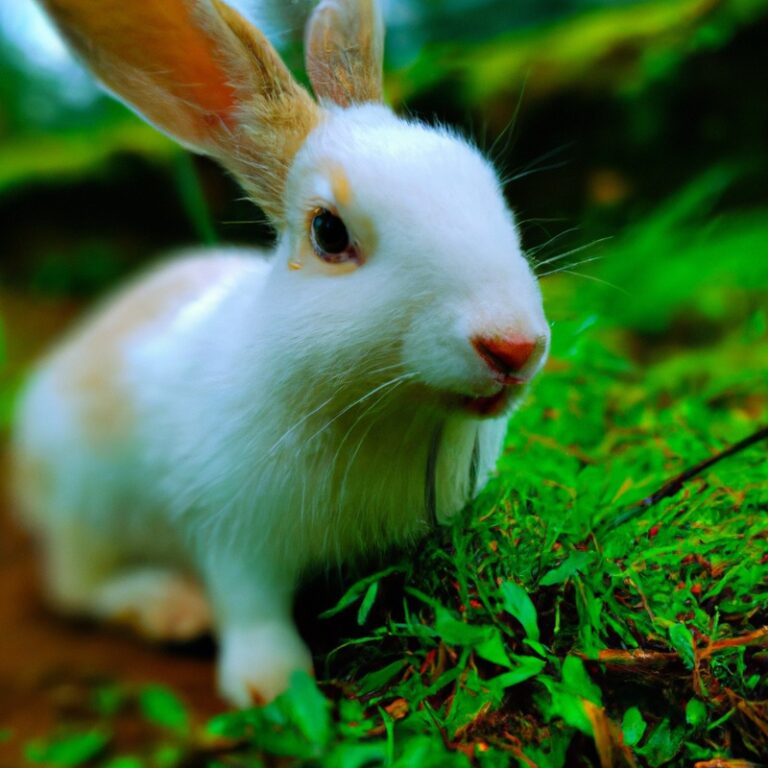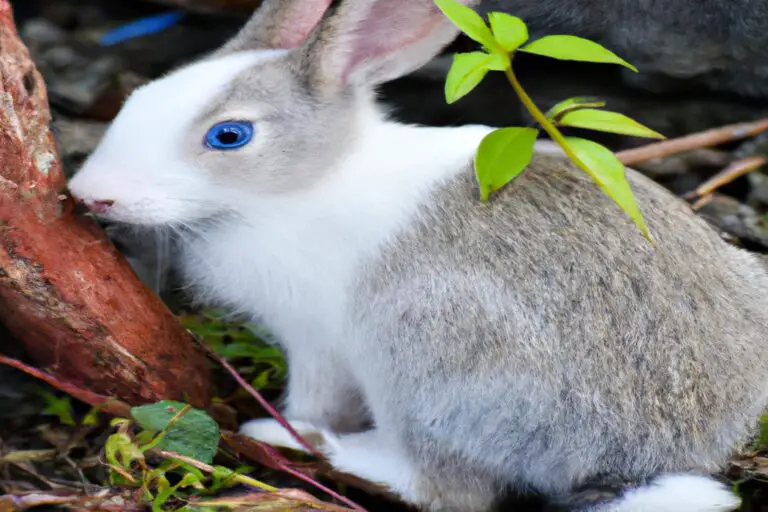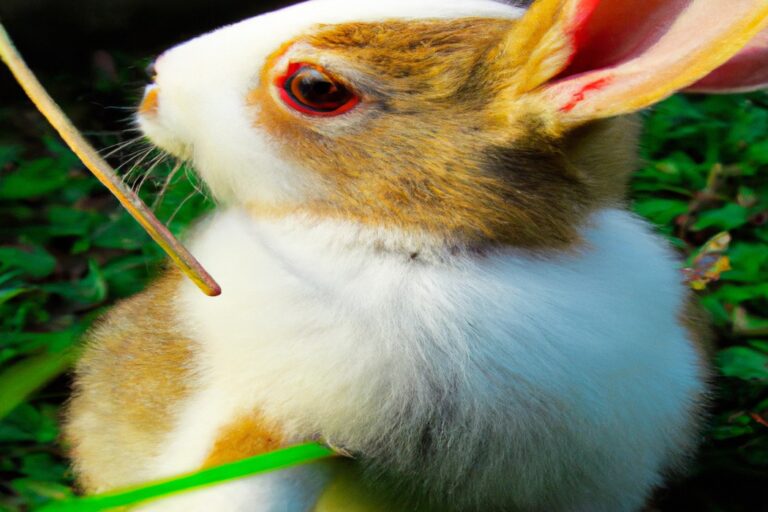How High Can a Rabbit Jump Vertically? Leaps of Bunny Brilliance!
Key Takeaways:
- Rabbits can jump up to 4 feet vertically.
- Their powerful hind legs enable them to achieve impressive heights.
- Vertical jumping ability is influenced by factors such as breed and fitness level.
- Proper exercise and a suitable environment are important for maintaining a rabbit’s jumping abilities.
Have you ever wondered how high a rabbit can jump?
These fluffy creatures may seem small and innocent, but don’t let their cute appearance fool you.
Rabbits are actually remarkable jumpers and possess incredible athletic abilities.
In this blog article, we will delve into the anatomy and abilities of rabbits, explore the factors that affect their jumping ability, and discuss the typical heights they can achieve.
Whether you own a rabbit or simply have a curiosity for these agile creatures, stay tuned for tips on how to enhance your furry friend’s jumping skills.
Plus, we’ll answer some frequently asked questions about rabbits’ jumping capabilities.
Prepare to be amazed by these gravity-defying hoppers!
| Rabbit Breed | Vertical Jump Height (inches) |
| Lionhead | 24-30 |
| Netherland Dwarf | 18-24 |
| Holland Lop | 18-22 |
| Dutch | 18-22 |
| Flemish Giant | 10-14 |
Understanding Rabbit Anatomy and Abilities
Understanding rabbit anatomy and abilities is important to comprehend their jumping capabilities.
The Rabbit’s Muscular Build
The muscular build of a rabbit is essential for its agility and ability to jump.
Rabbits have strong hind leg muscles that allow them to propel themselves upward and forward with great force.
These muscles are well-developed and enable rabbits to jump vertically to impressive heights.
Additionally, rabbits have powerful thigh muscles that contribute to their jumping ability.
Their muscular build is an adaptation that allows them to escape from predators and navigate their environments effectively.

The Importance of Hind Legs
Rabbit hind legs play a crucial role in their overall movement and agility. They are designed to be powerful and flexible, allowing rabbits to jump great heights and quickly change direction.
The hind legs of a rabbit are also responsible for most of their speed and acceleration.
Additionally, these legs enable rabbits to perform impressive turns and twists while in mid-air. Without their strong hind legs, rabbits would not be able to exhibit their incredible jumping abilities and would be at a disadvantage in escaping predators or navigating their environment.
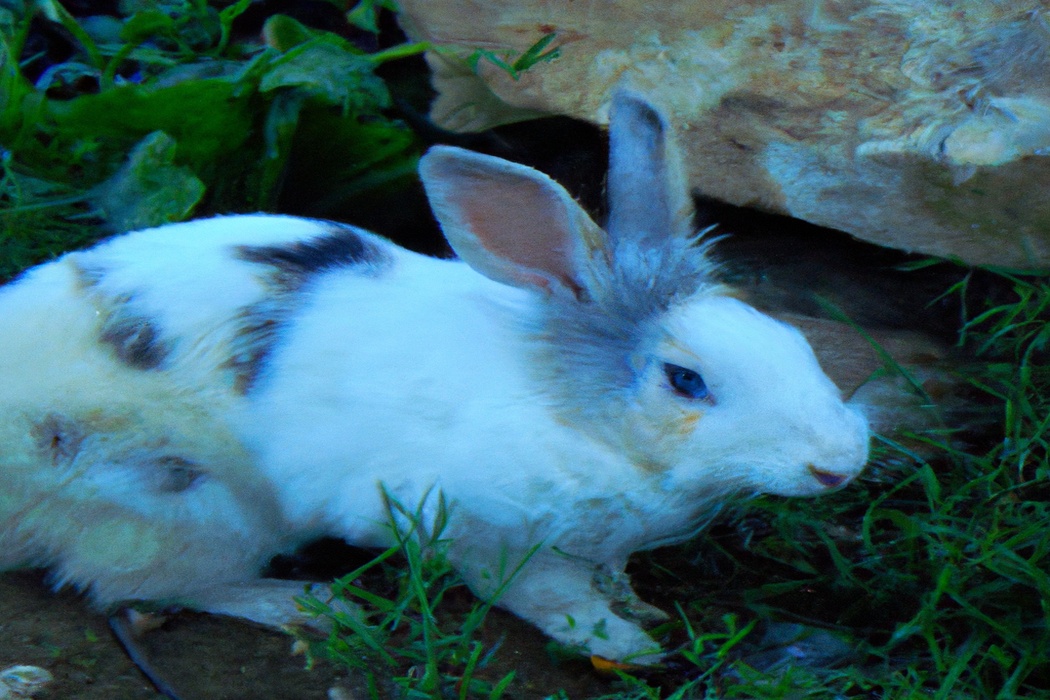
Factors Affecting a Rabbit’s Jumping Ability
Breed and size variations, physical fitness and health, and environmental factors all play a role in a rabbit’s jumping ability.
Breed and Size Variations
Breed and Size Variations: Rabbits come in different breeds and sizes, and these variations can affect their jumping ability.
Some breeds are known to have better jumping skills than others, due to their physiology and genetics.
For example, larger breeds like Flemish Giants might not jump as high as smaller breeds like Mini Lops.
Additionally, individual rabbits within a breed can have different jumping capabilities based on their size and muscle strength.
So, when it comes to how high a rabbit can jump vertically, breed and size variations play a significant role.
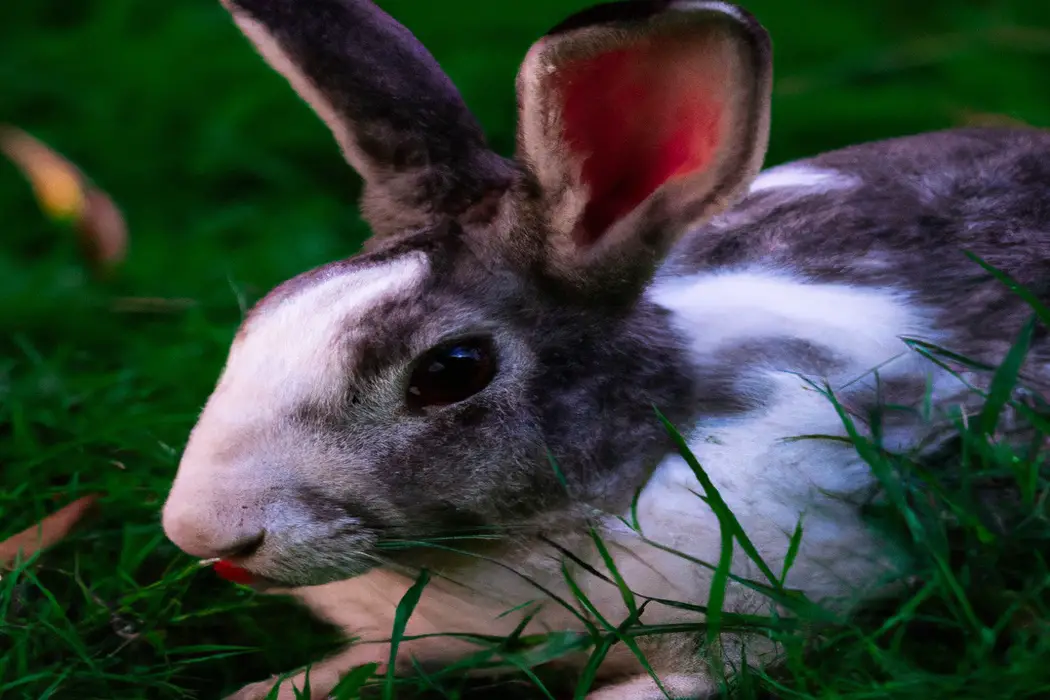
Physical Fitness and Health
Physical fitness and health are essential for rabbits, just like they are for humans.
Regular exercise is crucial to ensure that rabbits stay active and maintain a healthy weight.
This can be achieved by providing them with ample space to hop around and play.
A balanced diet that includes plenty of fresh hay, vegetables, and a limited amount of pellets is also important for their overall well-being.
Ensuring that their living environment is clean and free from hazards helps prevent illnesses.
Regular check-ups with a rabbit-savvy veterinarian are important for early detection and treatment of any health issues.
Remember to provide your furry friend with lots of love and attention to keep them happy and stress-free!
Environmental Factors
Environmental factors play a significant role in a rabbit’s jumping ability. The type of surface they are on can affect how high they can jump.
For example, rabbits can jump higher on soft surfaces like grass or soil compared to hard surfaces like concrete.
Additionally, the presence of obstacles in the environment can also impact a rabbit’s jumping ability. They may not be able to jump as high if there are objects blocking their path.
Typical Vertical Jumping Heights for Rabbits
Typical vertical jumping heights for rabbits can vary depending on breeds and individual factors.
Average Jumping Abilities
Rabbits have impressive jumping abilities, allowing them to navigate their environment with ease.
On average, a rabbit can jump vertically up to 1 meter (3.3 feet), which is about 4 times their body length.
Their strong hind legs and muscular build contribute to their impressive jumping prowess.
Additionally, rabbits can also make swift horizontal jumps, covering a distance of up to 3 meters (10 feet).
These natural abilities help rabbits escape from predators and explore their surroundings.
So, if you have a pet rabbit, be prepared to witness their incredible jumping skills firsthand!
High Jumping Breeds
High Jumping Breeds: Some rabbit breeds are known for their impressive vertical jumping abilities.
These high jumping breeds include the Belgian Hare, English Spot, and Holland Lop.
These breeds have strong hind legs and are naturally inclined to leap great heights.
If you’re looking for a rabbit that can amaze you with its jumping skills, consider getting one of these high jumping breeds.
Just make sure to provide them with plenty of space to stretch their legs and showcase their talent!
Factors Influencing Jump Height Variations
Several factors can influence the jump height variations in rabbits.
- Genetics: Certain rabbit breeds are naturally more athletic and have stronger hind limbs, which allows them to jump higher.
- Age and health: Younger and healthier rabbits tend to have more agility and strength to achieve greater jump heights.
- Training and exercise: Regular physical activity and training can improve a rabbit’s muscle strength and jumping abilities.
- Environmental factors: The surface and terrain of the environment can impact a rabbit’s ability to jump. Uneven or unstable surfaces may limit their jump height.
- Fear or motivation: Rabbits may be able to jump higher when motivated by fear or a desirable reward.
Tips to Improve Your Rabbit’s Jumping Skills
Tips to Improve Your Rabbit’s Jumping Skills include creating ample space for exercise, encouraging playing and jumping activities, and incorporating obstacles and challenges.
Providing Ample Space for Exercise
One of the most important things you can do to keep your rabbit happy and healthy is to provide ample space for exercise.
Rabbits love to run, jump, and explore, so having enough room to do so is essential.
A spacious and secure enclosure, such as a large exercise pen or a rabbit-proofed room, will allow your bunny to stretch its legs and engage in natural behaviors.
Make sure to include toys and enrichment items to keep your rabbit mentally stimulated as well.
Encouraging Playing and Jumping Activities
Encouraging playing and jumping activities for your rabbit is a fantastic way to keep them active and entertained. Here are some tips to help you do just that:
- Provide plenty of space: Make sure your rabbit has enough room to hop around freely. A spacious play area will encourage them to jump and explore.
- Use toys and obstacles: Introduce toys and obstacles that encourage jumping, such as tunnels, ramps, and platforms. This will keep your rabbit engaged and provide opportunities for exercise.
- Hide treats: Hide treats around the play area to encourage your rabbit to hop and search for them. This will stimulate their natural foraging instincts and keep them mentally stimulated.
- Engage in interactive play: Use a feather wand or a laser pointer to play with your rabbit. This will get them moving and jumping, providing both exercise and bonding time.
Remember, rabbits are naturally active animals and need plenty of mental and physical stimulation. By incorporating these activities into their daily routine, you’ll keep your rabbit healthy, happy, and entertained.
Incorporating Obstacles and Challenges
One great way to improve your rabbit’s jumping skills is by incorporating obstacles and challenges into their training routine. This can be done by setting up small hurdles or tunnels for them to navigate through.
It’s important to start with low obstacles and gradually increase the height as your rabbit progresses.
You can also add in different textures or surfaces for them to jump on, such as cushions or foam mats. Remember to always supervise your rabbit during these activities and provide plenty of positive reinforcement to keep them motivated.
With practice and patience, your rabbit will become an expert jumper in no time!
Frequently Asked Questions
Can rabbits jump over fences?
Rabbits are known for their impressive jumping abilities, but whether or not they can jump over fences depends on the height of the fence. Rabbits can typically jump up to 3 feet vertically, so if the fence is taller than that, they may have difficulty getting over it.
However, rabbits are also clever and may find other ways to get through or under a fence if they are determined to do so.
It’s important to ensure that your fence is tall enough to keep rabbits safely contained.
Is it normal for rabbits to reach great heights?
Rabbits are not known for their jumping abilities, especially when it comes to height. While they are agile and can leap horizontally, reaching great heights is not typical for rabbits.
Their small size and anatomy make it challenging for them to achieve significant vertical jumps.
However, each rabbit is unique, and there may be exceptions. So, while it is not normal for rabbits to reach great heights, there may be rare cases where they surprise us with their jumping prowess.
How can you train a rabbit to jump higher?
To train a rabbit to jump higher, you can follow these tips:
- Use positive reinforcement: Reward your rabbit with treats or praise when they successfully jump higher than before. This will encourage them to keep trying and improve their jumping ability.
- Set up a training area: Create an obstacle course or use small hurdles for your rabbit to practice jumping over. Start with lower heights and gradually increase them as your rabbit becomes more comfortable and confident.
- Be patient and consistent: Training takes time and every rabbit learns at their own pace. Practice regularly and be consistent with your training methods to help your rabbit progress.
- Use clicker training: Clicker training can be effective in teaching rabbits to jump higher. Associate the sound of the clicker with a reward and use it to mark the desired behavior, such as successfully clearing an obstacle.
Remember, training should always be done in a safe and stress-free environment. Monitor your rabbit’s progress and adjust the training accordingly.
Final Verdict
Understanding rabbit anatomy and abilities can shed light on their impressive jumping skills. Factors such as breed, physical fitness, and environmental factors can influence a rabbit’s jumping ability.
While their average jumping heights vary, some high-jumping breeds can reach impressive heights.
To improve your rabbit’s jumping skills, provide ample space for exercise, encourage playing and jumping activities, and incorporate obstacles and challenges. Ultimately, rabbits have a natural talent for jumping, and with proper care and training, they can reach even greater heights.
So, let your bunnies jump and soar to their full potential!

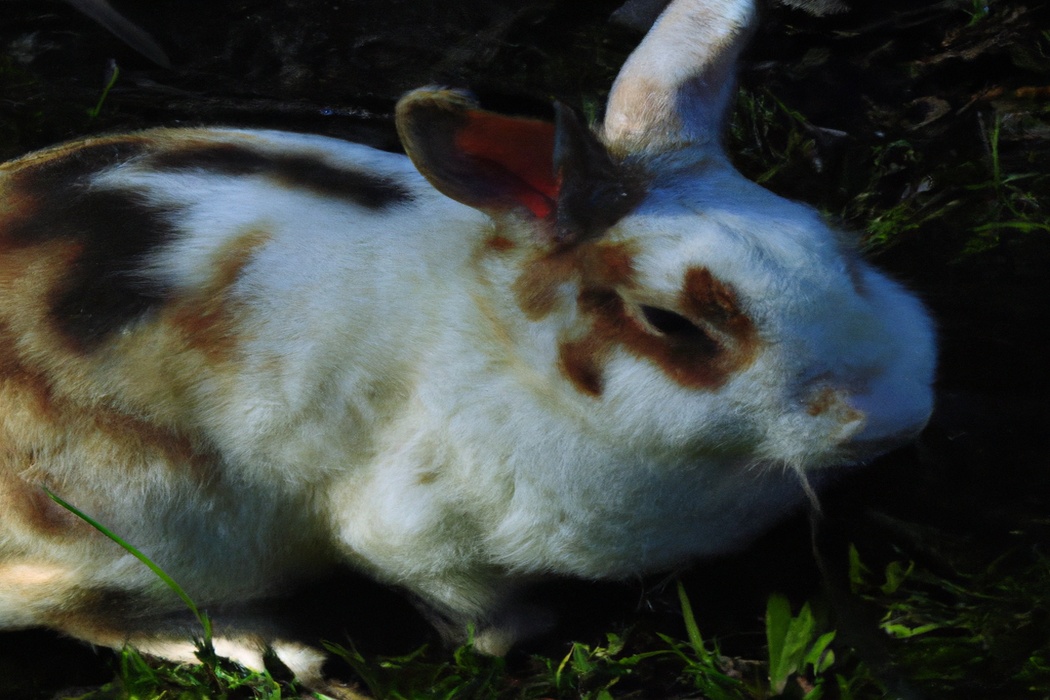
![How Do Rabbits See The World? [Rabbit’s Vision!]](https://atractivopets.com/wp-content/uploads/2020/10/How-Do-Rabbits-See-The-World-768x499.jpg)
